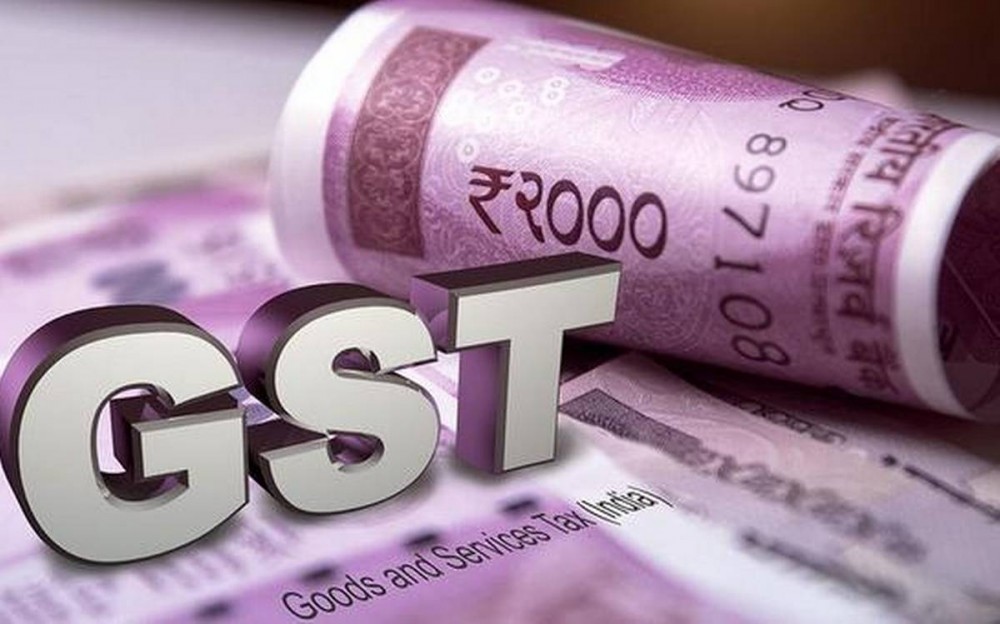Real estate has always been the investment choice of many Indians. Investment is mainly concentrated in the field of residential properties. In the era of pre-consumer taxation, a variety of taxes were levied in this field, namely, value-added tax, stamp duty, registration fee, and service tax. Each tax rate is different and different. From one state to another. With the implementation of the goods and services tax and the introduction of the "one country, one market, one tax" principle, people believe that investing in real estate will make it easier to make decisions. In addition, it is expected that developers will pass on the benefits of the input tax credits they receive to buyers, which will cause prices to fall. However, with the introduction of goods and services tax, there have been some issues regarding input tax credit claims. In addition, due to the complexity of the goods and services tax, many myths have begun to circulate.
Here are some of them: Misunderstanding: Goods and services tax has the same effect on all residential properties. The effect of goods and services tax on properties depends on several factors, such as the division of the project into economically affordable and non-economically affordable housing, the construction phase, and the type of housing Project (residential real estate project or real estate project) and location. For example, the Goods and Services Tax Law ignore one of the important factors determining the price of real estate, namely location. Assume that regardless of location, the land cost of all projects is 1/3 of the total value. Therefore, if one person buys a house in Delhi and another person buys a house in a village in Uttar Pradesh, then everyone must pay the applicable GST at 1/3 of the land value. This is a scam. In addition, due to the lower tax rate of affordable housing, this market segment will be more affected than luxury housing. Misunderstanding: The real estate GST law makes it clear that certain gray areas still need to be thoroughly evaluated: it exceeds one-third of the total selling price, and the developer has signed separate agreements for the land supply and construction; A high tax rate is obtained, and production is charged at a lower tax rate, so it is not eligible to be reimbursed to the developer under the reverse rights structure. Different projects/stages of the same project adopt different tax calculation methods.
The contradictory provisions of the availability of ITC, that is, one of the key conditions for reducing the GST tax rate is not to use ITC. However, in the case of the shared area model, the GST law stipulates that the owner can use ITC in the construction services provided by the developer. But he did not specify the purpose. Therefore, the latest clarification was issued by way of notice. Monitor the purchases of registered and unregistered people, and report the differences in the form in the GST portal. However, there is no clear description of the forms that must be filled out. The above statement clarifies that GST law in real estate is in constant doubt, and there are evidently many gray areas that need to be checked and clarified. GST applies to the sale of packages The GST law excludes the sale of packages from the GST tax. In addition, the sale of the building may also be exempted after the completion certificate is issued or when the full consideration is received after the first use.
However, if small buildings such as two rooms or single rooms are built on a piece of land, they belong to the scope of GST. If the land is transferred before construction, GST should be paid and, according to the GST law, the value of the land 1/3 will be excluded, and GST will be taxed at 2/3 of the value, which is actually equivalent to the GST of the land value because the value of the building will be much lower. In addition, as mentioned above, where the land cost is higher than the construction cost, 1/3 of the valuation is invalid. The consumption tax is paid based on the land value, resulting in double taxation. The purpose of introducing the GST myth is that the developer does not want to Transfer benefits to buyers There is a perception that developers do not want to transfer benefits to end-users. This cannot withstand scrutiny.
They want to pass on benefits because this will not only attract more buyers but also build trust in your brand. However, the lack of a mechanism for calculating welfare is a major obstacle. The industry is working hard to determine the true benefits of goods and services taxes so that they can be passed on to consumers. Unlike other industries such as fast-moving consumer goods, this product is unique in terms of real estate. Due to changing market conditions that often affect estimated prices, it is difficult for developers to allocate the benefits of input tax credits among multiple projects. Complete before GST. Although the National Anti-Profit Bureau has issued several rulings that stipulate the method of calculating these benefits, they have not solved all problems. Misunderstanding: Affordable housing projects are always affordable. the subsequent are the key eligibility criteria to classify residential properties as projects within the affordable housing sector in India: the whole carpet area of residential properties in metropolitan areas cannot exceed 60 square meters. the entire carpet area of urban residential properties in non-big cities shall not exceed 90 square meters. In metropolitan or non-metropolitan areas, the entire value of the property cannot exceed Rs 4.5 million.










